Evidence from many cities around the world shows that urbanization is a widespread process that homogenises biota as ecological communities become more alike one another through the introduction and extinction of species. On account of this process, there is great concern about the conservation of local biodiversity, which may suffer a decline due to the coupled effects of accelerating the extinction of rare species, whether intentionally or not, and dispersing exotic species that have a high potential risk of invasiveness.
Changes in land use in beach resorts resulting from urbanization and activities associated with tourism are usually recognised as a principal driving force behind biodiversity change. Coastal urbanization is normally preceded by the stabilization of dunes with fast-growing plants, often exotics that strongly impact on local biodiversity. Domestic gardening, urban forestry and green area stewardship are other important sources that tend to increase the diversity and abundance of exotic species. In a number of cases some of these species grow spontaneously in remnant patches of vegetation and occasionally some of them can become invasive transforming composition and structure of natural communities.
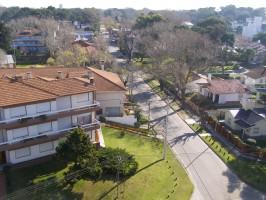
Recently we have studied the human impact on the vegetation of several beaches located along a strip of Argentina’s Atlantic coast, analysing temporal and spatial changes in the floristic composition of fore dune vegetation caused by urban development and human activities related to tourism.
We focused our study on the vegetation changes driven by the addition and/or loss of species to dunes derived from human activities and land use change along a strip of beach.

The vegetation under study covers the dunes and comprises Panicum grassland and forests (see the photo to the right). Woodlands are mainly composed of exotic trees: Acacia melanoxylon, Pinus sylvestris and Tamarix gallica that were planted to stabilize the dunes (see photo below)). The typical plant community before massive tourism was open grassland composed of appromxiately 40 species, with relatively few alien plants.
The intensification of human activities in the second half of the last century brought with it the deliberate introduction of specific plants for sand dune stabilization, creating woods for amenity uses and domestic gardening. The population of sun-loving native dune species gradually decreased due to these actions which also facilitated the proliferation of weeds and other immigrant species.


Plant species gains or losses from previous assemblages since the second half of the 20th century were connected very much to urbanization forces. The high similarity of the vegetation in areas located 10 km away from the urban centres and previous communities as recorded in 1940 suggests that the former has remained beyond the reach of human settlement. We found that the number of exotics increased substantially towards urban centres and that urban and suburban areas were important sources for the spread of introduced plant species.
Some plants were deliberately introduced for dune reclamation: the succulent Carpobrotus edulis and trees such as Acacia melanoxylon and Tamarix gallica. These new man-made canopies then facilitated the unintentional introduction of other plants by trapping windborne seeds (e.g., white poplar, Populus alba; annual rabbitsfoot grass. Polypogon monspeliensis; and Hare’s Tail Grass, Lagurusovatus.
The planned replacement of the plant canopy from open grassland with a comparatively closed and tall tree canopy facilitated the recruitment of spontaneous alien trees. The resulting vertical structure of planted woodlands have an indirect positive effect on seed dispersal by increasing the population of perching birds which, for example, facilitates the dispersal of seeds of the Russian olive tree (Eleagnus angustifolia) and of vines, e.g. Passifloracoerulea (native) and Lonicera japonica (an exotic).
Our evidence showed that reduced light flux under a wooded canopy displaced most of the original shade intolerant native plants, e.g. Achryrocline satureoides, Margyricarpus pinnatus, Solidago chilensis, Oenothera mollissima and Panicum racemosum.

They were replaced by immigrant plants dispersed as a result of agricultural, gardening, and recreational activities. The influence of afforestation on changes in plant assemblages as shown by the presence of native plants like Salpichroa origanifolia, Passiflora coeruleaand Cestrum parqui, normally found in forest understories, could also be seen in the urban centers.
Some mesic immigrant native plants found in the urban core, supported our hypothesis that higher run-off and artificial irrigation increase soil moisture at the resort centres. Soil compaction by trampling was another factor that could be beneficial for mesic vegetation in dune habitats.
In city cores and adjacent areas, new man-made microhabitats encouraged non-native plants to displace most of the native assemblages during the urban growth process. Away from there vegetation composition was the same as past communities. The processes that modify the vegetation in the cities studied here are similar to those observed in other urban agglomerations.
As settlements sprawl along the coast the topography, the microclimate, the availability of water and nutrients, and the substrates where plants grow change. Additionally the effect on the vegetation of several uses and activities and the differential management of the urban green also influences the resulting vegetation.
Therefore the abundance of exotics, the replacement of native species, and the decrease of the plants characteristic of dunes are not only the result of gardening and afforestation, but of the effects caused by uses and activities outside the management of the green. Evidences show that urbanization increases the man made components, deepening the artificialization of the environment and generating mechanisms that alter the processes of dispersal and colonization of species. Since the vegetation in urban areas is perpetuated by gardening it is advisable to establish a more sustainable management, consuming less energy, water, fertilizers and pesticides to the time which allows to maintain the local identity using native species of ornamental attractiveness.
These results highlight the importance of giving due consideration to the conservation of native biodiversity when planning new resorts along the beach. For example, by leaving at least a 10 km of buffer zone of natural dunes free of impacts between neighbouring resorts long enough to guarantee the persistence of natural communities we can ensure local identity.
These results can be inspiring because as progress is made in the understanding of the processes involved in the urbanization it will be possible to improve both the urban design and municipal planinng in the framework of an integrated coastal management.
Ana Faggi
Buenos Aires


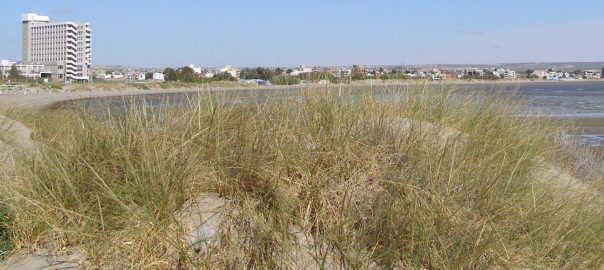







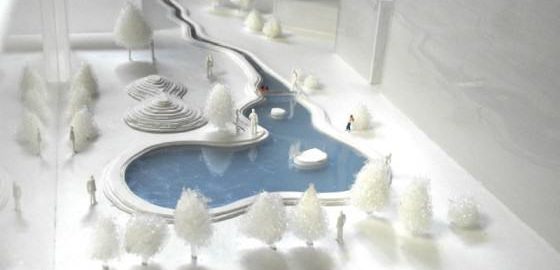
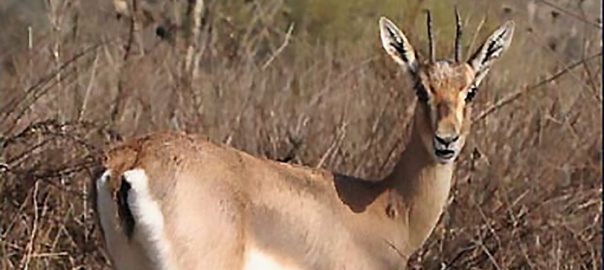
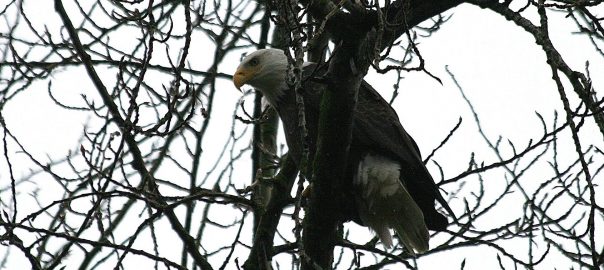
Add a Comment
Join our conversation